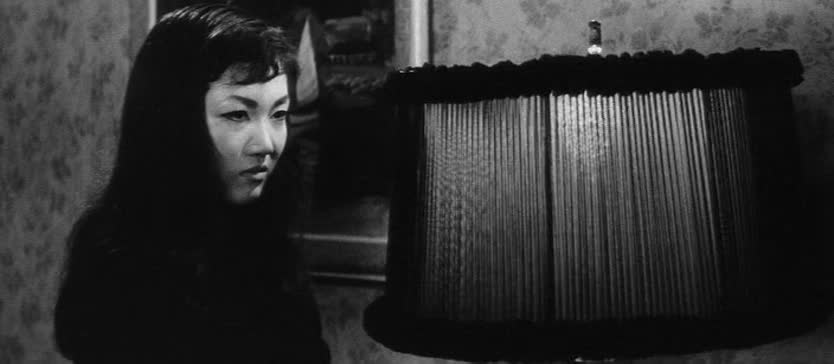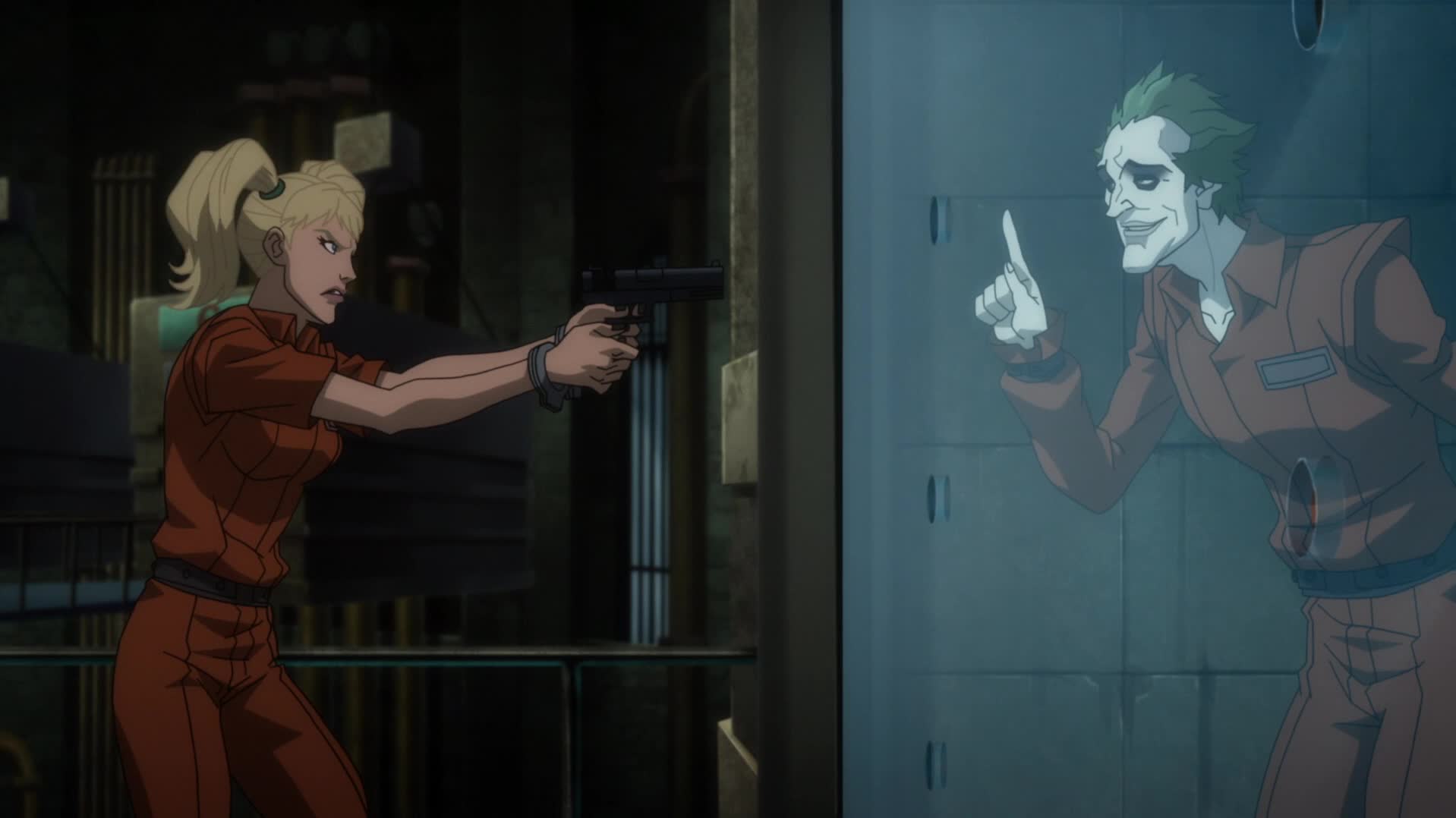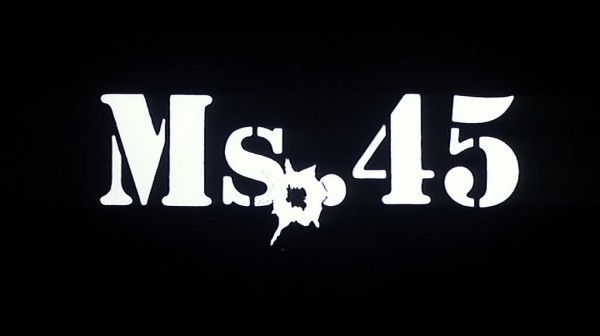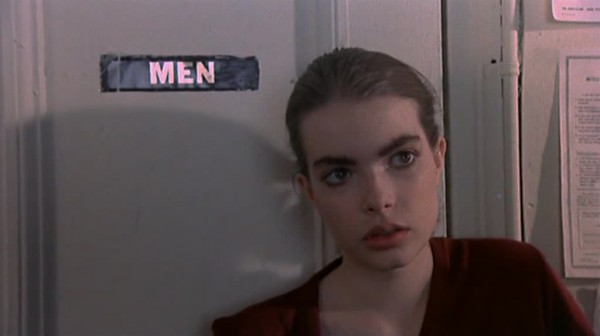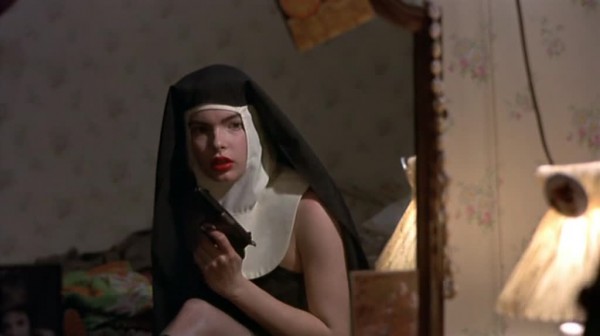Underworld Beauty
aka 暗黒街の美女 aka Ankokugai no Bijo

1958![]()
Written by Susumu Saji
Directed by Seijun Suzuki

One of Seijun Suzuki’s first films (and the first credited as his pseudonym Seijun Suzuki!), Underworld Beauty shows hints of the creative sparks that would soon gain Suzuki a cult following in Japan and the ire of his studio bosses. But it’s mostly a straightforward and entertaining noir, elevated by the cast, so don’t be too disappointed when it goes by the numbers. It seems you can’t talk about Suzuki without using the term “fever dream”, so I’ll just use it in this sentence complaining about the term in this film that has among the lowest amounts of fever dreamness.
A noir flick that gets enhanced by the black and white photography, Underworld Beauty features a jewel thief gang member named Miyamoto (Michitaro Mizushima) who has just gotten out of the joint. He retrieves a gun and stolen diamonds from a hiding spot in the sewer, and sets out finish the job. But prison has given him a change of perspective, and he wants to give the diamonds to the member of the gang who was injured during the job (and saved Miyamoto in the process), Mihara (Toru Abe). The third gang member, who is now a powerful boss named Chairman Oyane (Shinsuke Ashida), is not too happy with this sudden display of honor, but is smart enough to hide his disapproval.

Mihara is now working in a noodle stall and ostensibly taking care of his younger sister Akiko (Mari Shiraki), who is on a wild streak down a dark path. She earns money posing nude for the mannequin sculptures (done by her quasi-boyfriend Arita (Hiroshi Kondo)), and going out drinking is her hobby. The attempt to sell the diamonds to a fence ends when armed masked men burst in on the proceedings, and Mihara swallows the diamonds and leaps off the roof of a building, attracting attention. He stays alive long enough to explain to the police that he slipped, but then passes on. The criminals are concerned the diamonds will burn when he is cremated, and soon the various factions go all The Treasure of the Sierra Madre with diamond fever.



